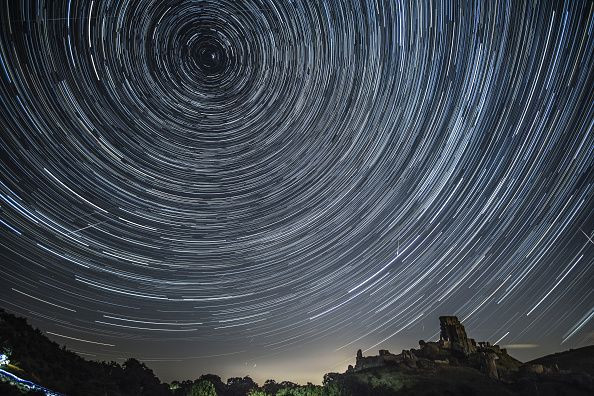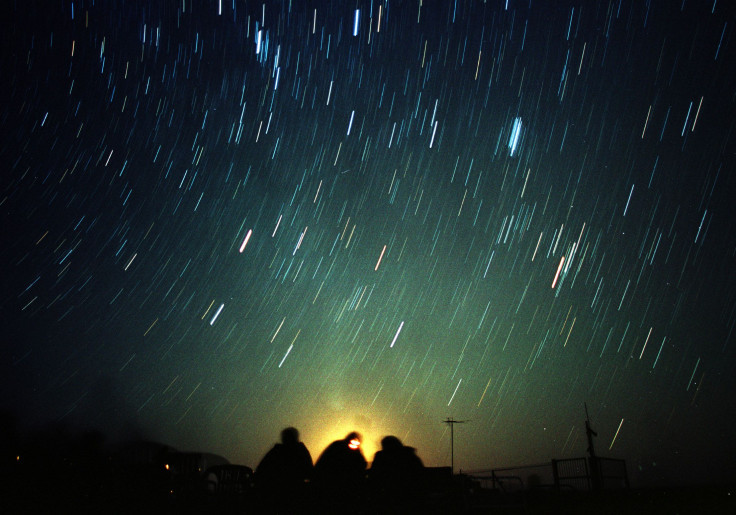Watch Perseid Meteor Shower Captured By ESA's Meteor Camera [VIDEO]
KEY POINTS
- ESA's meteor camera captured footage of the recent peak of the Perseid meteor shower
- The agency shared a short video of the celestial event
- Such videos help researchers track the trajectory of the meteors and their origin comet
- ESA noted another interesting meteor shower: the Leonids
The annual Perseid meteor shower peaked this week and the European Space Agency's (ESA) meteor camera captured the spectacular show.
The Perseid meteor shower is active each year from July to August, peaking sometime around the middle of the latter month. This year, the Perseids peaked from Aug. 11 to 12 and the ESA captured the moment using its meteor camera in Tenerife, Spain.
On the evening of Aug. 11, the LIC1 camera of the Canary Long-Baseline Observatory (CILBO) captured a total of 61 meteors, 45 of which were Perseids. On the previous evening, on Aug. 10, half of the 37 meteors it spotted were Perseids.
The ESA shared a short video of the event, highlighting the meteors that the camera captured on the evenings of Aug. 10 and 11. In the video, one can see that many of the meteors were quite bright, which is characteristic of the famous Perseids.
Recordings of meteor showers not only capture the spectacular event but, according to the agency, help researchers determine the precise trajectory of each meteor. This then helps them identify the meteors and their origin body's orbit around the sun.
For instance, the Perseids are actually debris from the 109P/Swift-Tuttle comet and the meteors that people see from here on Earth are actually pieces of comet particles that interact with the atmosphere when the Earth passes the debris trail left behind by the comet. According to NASA, Swift-Tuttle takes 133 years to orbit the sun once, the last time it made its closest approach to the sun being in 1992.
Based on its orbital history, Swift-Tuttle has been moving closer to Earth each time it passes.

The Perseid meteor shower is said to be the most popular among sky watchers because they are among the brightest meteor showers. Those who missed the peak still have a chance to watch the Perseids because it will remain active until about Aug. 24. Although the light show will be rather reduced, it will still be worth watching.
There's another meteor shower that's worth waiting for: the Leonids in mid-November. According to the ESA, although the Perseids are the most famous, the Leonid meteor shower is among the most interesting as it can cause meteor storms producing up to 1,000 meteors approximately every 33 years when it returns to the vicinity of the sun.
The most recent peak in the number of Leonids was in 1999 when the meteor shower produced over 3,000 meteors per hour. In 1833 and 1966, the Leonids brought a spectacular show when it produced 100,000 shooting stars per hour.

© Copyright IBTimes 2024. All rights reserved.






















